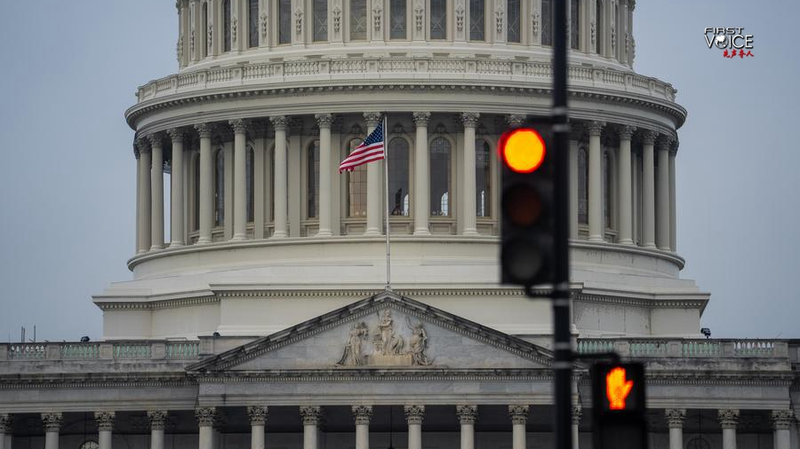As Malaysia hosts the 46th ASEAN Summit in Kuala Lumpur, Southeast Asia's trade-driven economies are grappling with fresh shocks after the U.S. announced reciprocal tariffs on April 2, suspended for 90 days for most partners. These duties have cast a shadow over export-reliant markets that depend heavily on U.S. demand.
To soften the blow, ASEAN members are racing to deepen economic integration and diversify trade routes. New partnerships and strengthened ties within the region are seen as vital buffers against future shocks, ensuring that businesses and workers can navigate mounting uncertainty.
Balancing between two giants, ASEAN countries have been conducting talks both in Washington and in Beijing's orbit. While the U.S. pushes for de-sinicization of supply chains, the Chinese mainland is enhancing industrial and logistical links through frameworks like the China-ASEAN Free Trade Area and the Regional Comprehensive Economic Partnership.
Amid the escalating trade tensions, ASEAN and the Chinese mainland share a clear determination: to fortify bilateral ties, stabilize regional markets and drive growth in the Asia-Pacific. For young entrepreneurs, tech enthusiasts and global citizens, this evolving partnership signals fresh opportunities in cross-border trade, innovation and sustainability.
Reference(s):
cgtn.com




